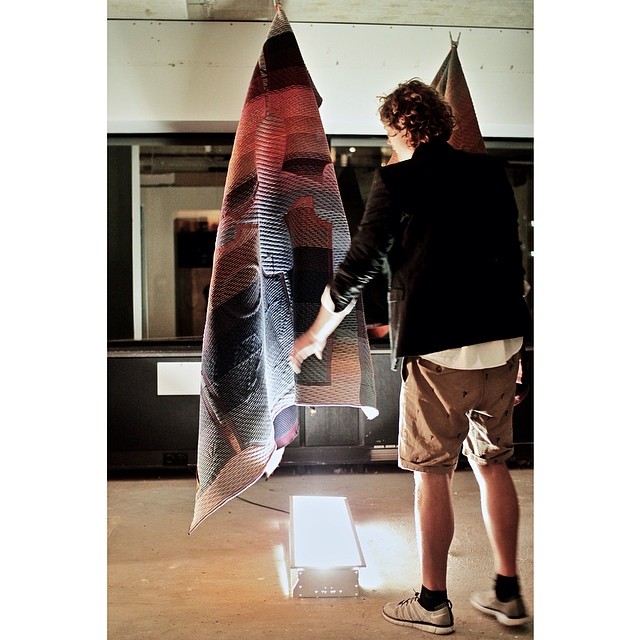Wearable Tech Manufactured Using Principles of 3D Printing

Borre’s clothing designs could represent the future of wearable tech. Courtesy of Borre.
Latest News
May 27, 2014
As time goes by, we continue to incorporate more and more technology into our daily lives. Much of this comes in the form of our constant companion, the smartphone. That little oblong shape that fits in a pocket offers connectivity on a scale never before imagined, but only if you remember to take it with you when you leave the house.
What if you could get the same sort of connectivity provided by a smartphone without actually carrying the phone itself? Wearable technology is tackling that very problem. While you might forget your phone, it’s unlikely you’ll forget to put on clothing. Dutch designer Borre Akkersdijk has manufactured some of the first wearable tech, using principles of 3D printing.
 Borre’s clothing designs could represent the future of wearable tech. Courtesy of Borre.
Borre’s clothing designs could represent the future of wearable tech. Courtesy of Borre.Akkersdijk, who goes simply by Borre in the fashion world, created wearable tech containing Wi-Fi, GPS, NFC, and Bluetooth, and turned his creation loose on SXSW. He named it the BB Suit and showcased his design by setting up a website for musicians to upload tracks. The BB Suit then acted as a mobile URL that could be tracked by GPS.
The BB Suit was manufactured by altering a circular knitting machine, which is generally used to make custom sock designs. Akkersdijk wrote new script for the program that runs the machine allowing it to produce multiple thin layers of material, similar to 3D printing, to build up the piece of clothing being knitted. The thin layers were then steamed causing the fabric to swell and produced a unique piece of clothing with lots of room inside for adding tech.
The prototype BB Suit is actually fairly crude when you get to the nuts and bolts, with wires running through the puffed up clothing, and circuit boards and batteries stowed in the pockets, but the telephone created by Alexander Graham Bell didn’t look much like its modern, sleeker cousins either. The mere fact that Akkersdijk and his team were able to produce clothing to work as technology is a step forward for anyone interested in the next stage of tech.
Other 3D printed fabrics might help with the process, and using printed electronics could cut down on the wiring inside your future smartshirts. The BB Suit is really only a few advances (including laundering practices) from practical use, but wearable tech could come with drawbacks. People already object to being tracked by GPS via their cell, so it seems likely that they’d have similar concerns about wearing a pair of pants that reported their whereabouts.
Below you’ll find a highly stylized video demonstrating how Akkersdijk manufactures his clothing.
Source: Wired
Subscribe to our FREE magazine, FREE email newsletters or both!
Latest News
About the Author
John NewmanJohn Newman is a Digital Engineering contributor who focuses on 3D printing. Contact him via [email protected] and read his posts on Rapid Ready Technology.
Follow DE





